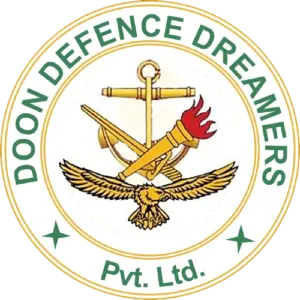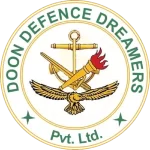Difference Between Indian Army & Border Security Force
The Indian Army and the Border Security Force (BSF) are two separate entities responsible for different roles and functions in safeguarding India’s security. Here are some key differences between the Indian Army and the BSF: 1. Roles and responsibilities: – Indian Army: The Indian Army is the land-based branch and the largest component of the Indian Armed Forces. Its primary role is to defend the country from external aggression, maintain territorial integrity, and conduct offensive and defensive operations during times of war. The Indian Army is responsible for land-based operations across the country and operates under the Ministry of Defence. – Border Security Force (BSF): The BSF is a paramilitary force responsible for guarding India’s borders. Its primary role is to ensure the security of India’s borders and prevent unauthorized crossings. The BSF is responsible for border management, counter-insurgency operations, and maintaining peace in border areas. It operates under the Ministry of Home Affairs. 2. Organizational structure: – Indian Army: The Indian Army has a hierarchical structure, with the President of India serving as the Commander-in-Chief. The army is organized into several commands, each responsible for a specific geographical area. It consists of various units, including infantry, artillery, armored corps, engineers, and more, with specialized forces for different types of operations. – BSF: The BSF also has a hierarchical structure, with the Director-General serving as the head of the force. It is organized into multiple frontier headquarters, which are further divided into sectors and battalions. The BSF includes various wings such as infantry, artillery, engineering, and other supporting units. 3. Deployment and operational areas: – Indian Army: The Indian Army operates throughout the country and can be deployed in any part of India or abroad for military operations. It is responsible for securing the land borders, conducting counter-terrorism operations, and providing assistance during natural disasters and internal security threats. – BSF: The BSF primarily focuses on border security and operates along India’s land borders with Pakistan and Bangladesh. It is responsible for border fencing, patrolling, anti-infiltration measures, and countering smuggling activities. The BSF also assists in maintaining law and order in areas near the border. 4. Training and recruitment: – Indian Army: The Indian Army has its own training academies, such as the Indian Military Academy (IMA), Officers Training Academy (OTA), and various regimental centers. The recruitment process for the Indian Army is conducted through open recruitment rallies, competitive exams, and direct entries for officers. – BSF: The BSF conducts its own training programs at training centers located across India. The recruitment process for the BSF involves physical tests, written exams, and interviews. Both male and female candidates can join the BSF at various ranks. 5. Equipment and weaponry: – Indian Army: The Indian Army possesses a wide range of sophisticated equipment, including tanks, artillery guns, armored vehicles, aircraft, helicopters, and advanced infantry weapons. It continuously upgrades its weaponry and technology to maintain a strong defense capability. – BSF: The BSF uses a mix of modern and conventional weaponry for its operations. It has a variety of small arms, patrol boats, surveillance equipment, and communication systems to carry out its border security duties effectively. It’s important to note that while the Indian Army and BSF have different roles and responsibilities, they often work in coordination and support each other during operations, especially in border areas. Both forces play vital roles in ensuring the security and integrity of India.
Difference Between Indian Army & Border Security Force Read More »





